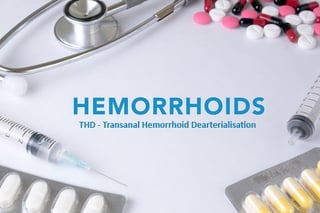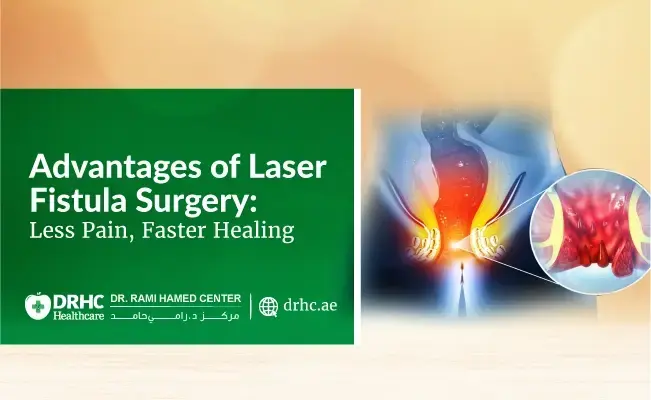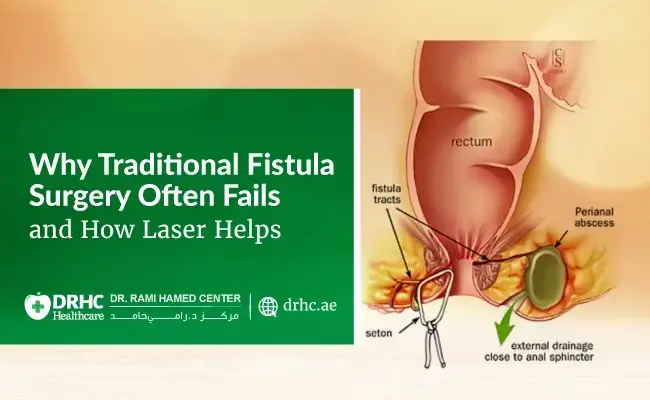Haemorrhoidectomy is considered to be the gold standard, and it is the most widely used technique in the world. The best feature of this treatment is that it has yielded good results with least number of complications. In order to reduce pain, various new techniques and technology have been involved to make the results far better. These include the procedure of prolapse and haemorrhoids.

- There are many cases when hemorrhoidectomy is to be performed. The main advantage of performing it is that no tissue is removed, which means that your recovery is much faster.
- The purpose of choosing transanal haemorrhoidal deaterialization is that it causes the least discomfort to the patient. The patient does not feel any type of pain associated with it as no tissue is hampered with and also the post-surgery recovery is also very swift.
- Transanal haemorrhoidal deaterialization is a slightly longer procedure that the other available methods of treatment but in actual the surgery does not take more than one hour and the patient can leave for their home on the same day.
- The patients who go through transanal haemorrhoidal deaterialization is said to report no such complications than any other treatment process. Also, the patients from other treatment procedures complained of bleeding after the treatment process whereas no such reports were given by those who went THD.
- Transanal hemorrhoidal deaterialization in comparison to stapled haemorrhoidopexy has shown better results.
- With the new use of PPH and THD, the post-operative results increase significantly with a better result and no complaints from the patient, about any side effect.
- The transanal haemorrhoidal deaterialization is also much more convenient from the glasses of the budget in comparison to other processes. As the other treatment processes take much longer time than THD thus, THD is much more cost effective treatment from other treatment procedures.
During the procedure, the surgeon locates the hemorrhoids using the ultrasound and ties of the hemorrhoids using the litigation. Once this is done the hemorrhoid is then lifted up and moved and sewed to its original position. Unlike all other types of treatment, the trans anal hemorrhoidal deaterialization does not involve any type of stitching. The main feather of this technique is that the surgeon does not remove the tissue and with precision tools and instruments, any type of excess blood loss or cut is prevented. This impedes the excessive blood loss which is otherwise normal in these analogous procedures. The removal of the tissue in other processes causes excruciating pain at the same time it takes very long time for recovery.
Topic: Proctology




.jpg)

.webp)

.webp)

Leave a comment